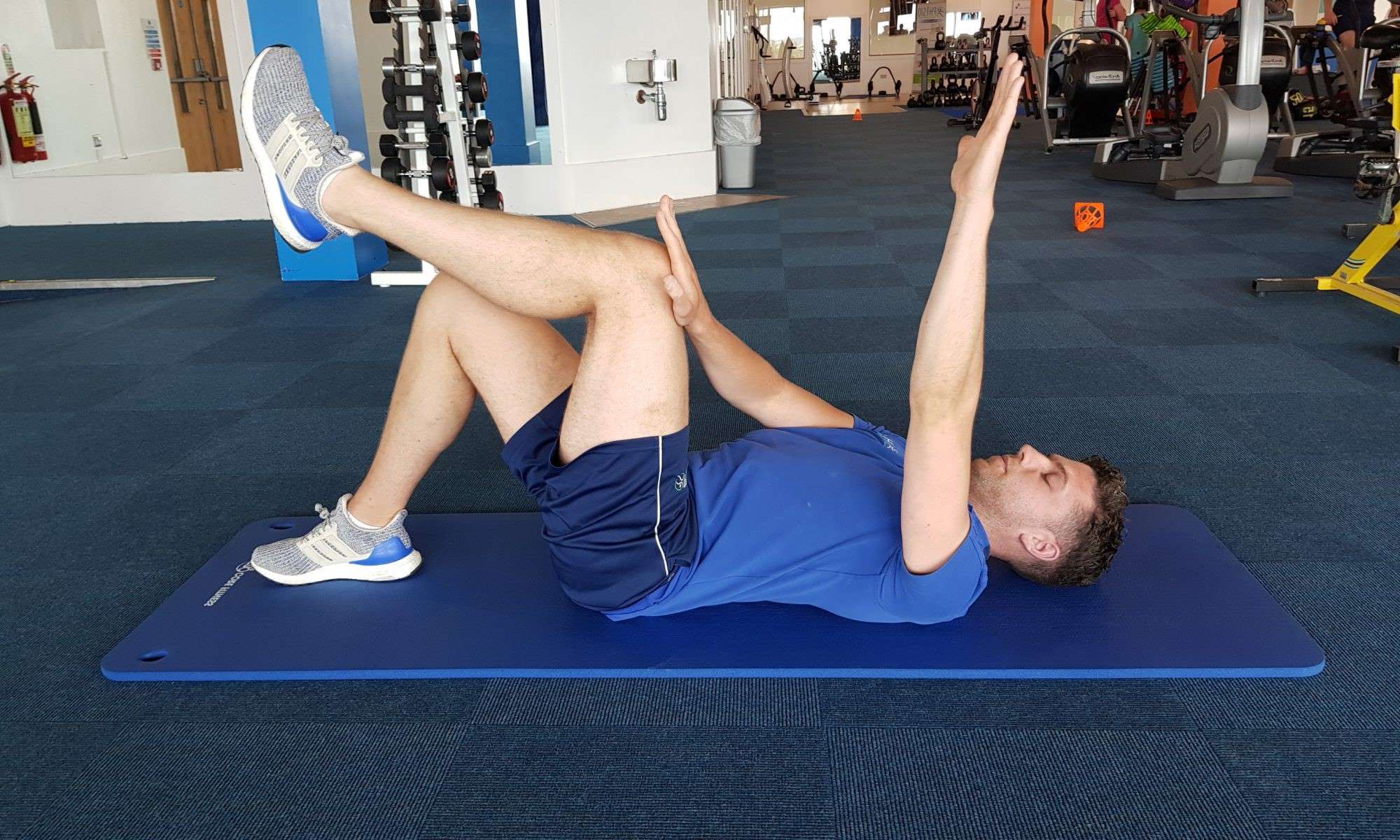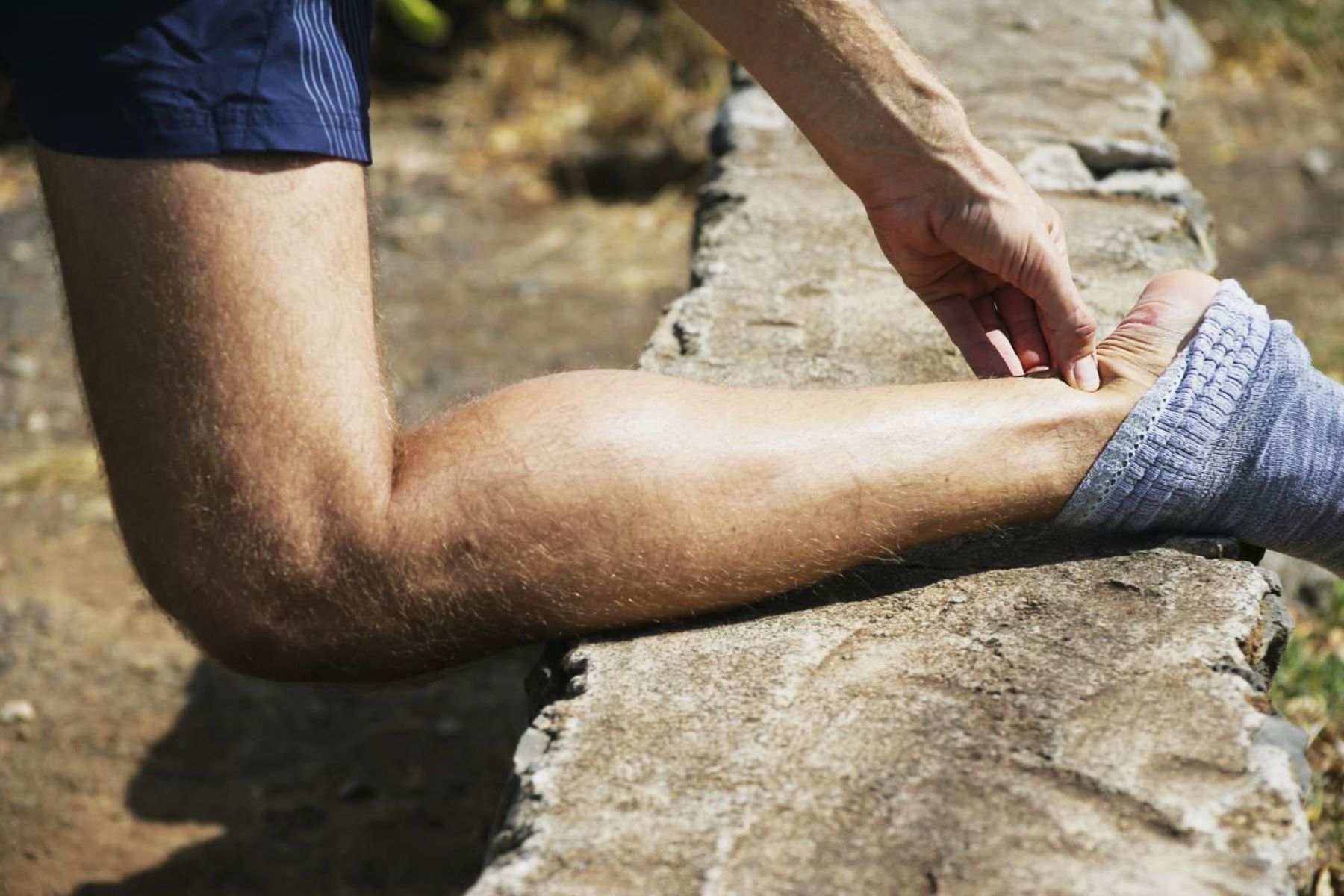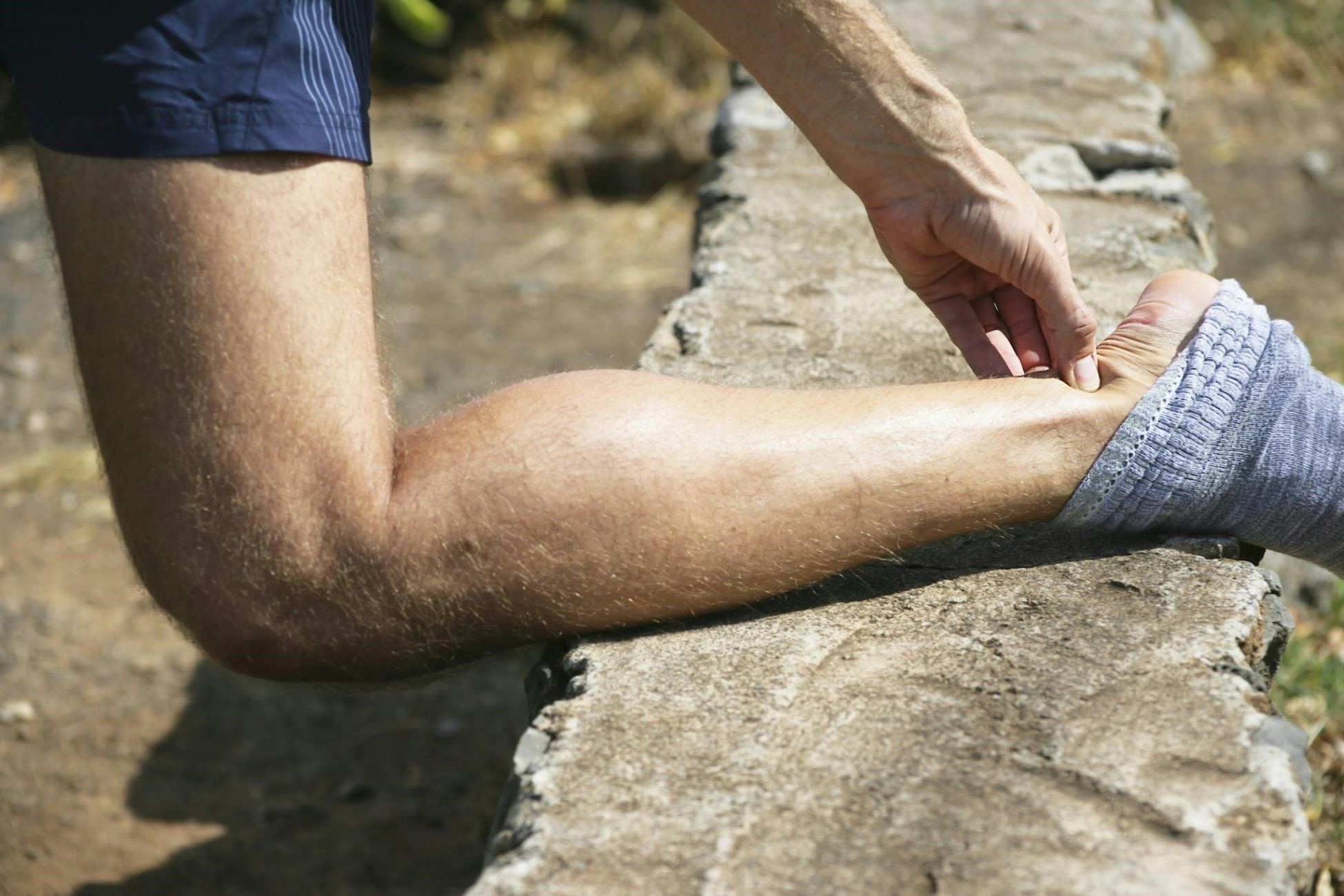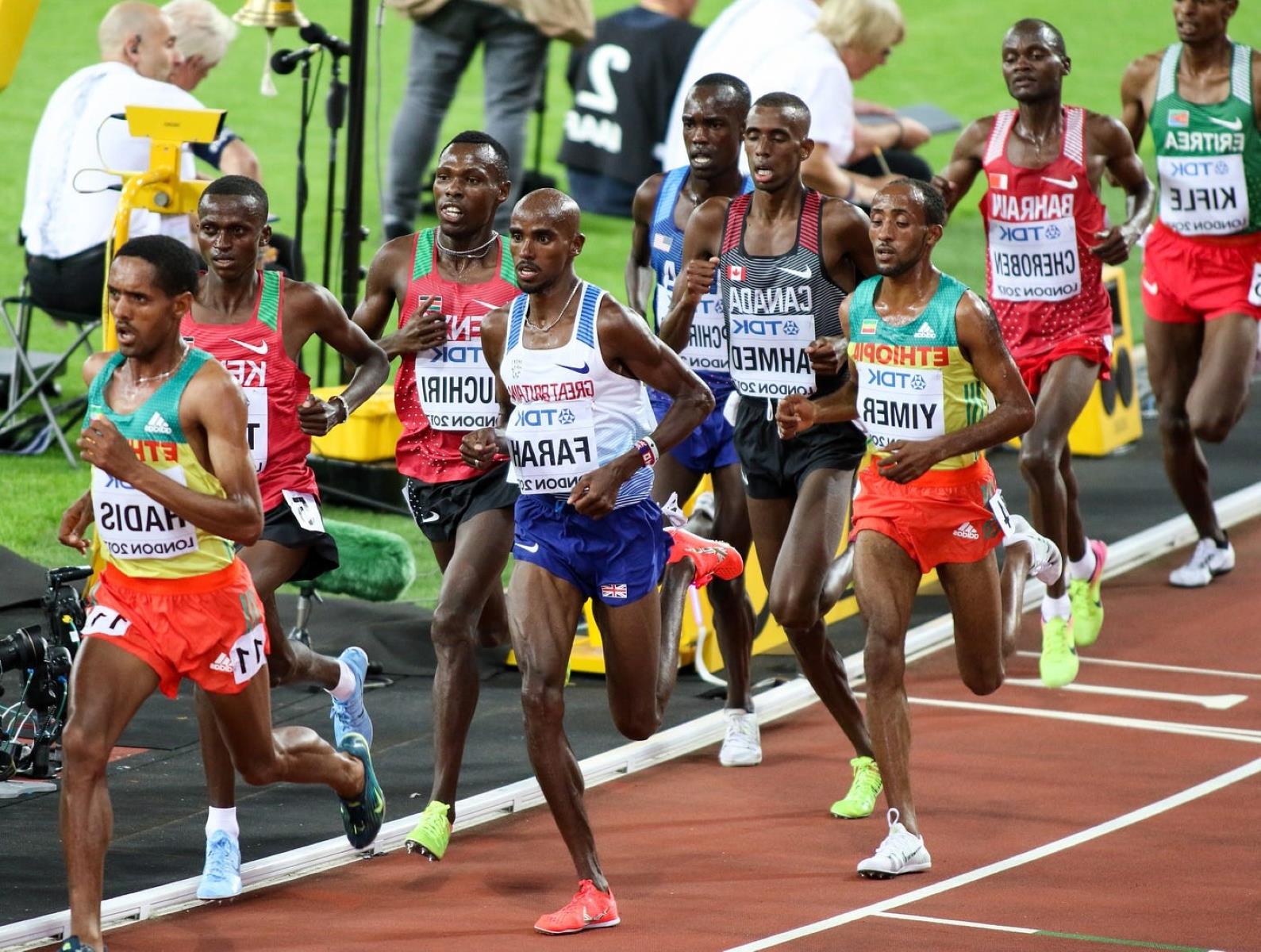Home>Health & Nutrition>Injury Prevention>What Are Effective Ways To Manage Achilles Scar Tissue?
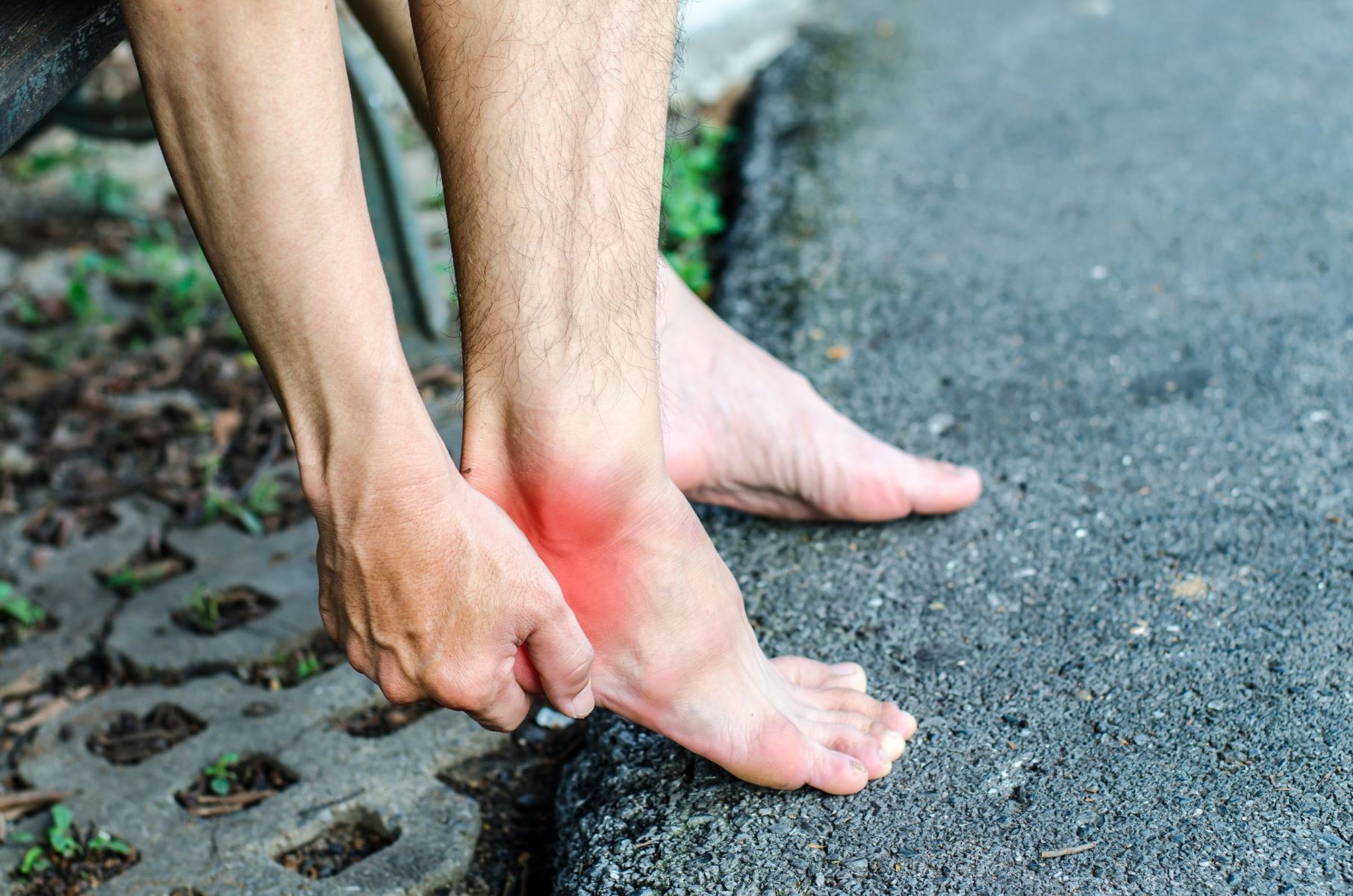

Injury Prevention
What Are Effective Ways To Manage Achilles Scar Tissue?
Published: February 23, 2024
Learn effective ways to manage Achilles scar tissue and prevent injuries. Discover expert tips for injury prevention and scar tissue management.
(Many of the links in this article redirect to a specific reviewed product. Your purchase of these products through affiliate links helps to generate commission for Therunningadvisor.com, at no extra cost. Learn more)
Table of Contents
Understanding Achilles Scar Tissue
Achilles scar tissue refers to the fibrous connective tissue that forms during the healing process of an Achilles tendon injury. The Achilles tendon, which connects the calf muscles to the heel bone, is crucial for activities such as walking, running, and jumping. When the tendon is injured, whether due to overuse, trauma, or other factors, scar tissue forms as the body's natural response to repair the damaged tissue.
The formation of scar tissue is a normal part of the healing process, but it can lead to complications if not managed effectively. Scar tissue is often less flexible and more prone to re-injury than the original tendon tissue. This can result in decreased range of motion, stiffness, and ongoing discomfort in the affected area.
It's important to understand that the development of scar tissue is a natural and necessary part of the healing process. However, without proper management, excessive scar tissue can lead to long-term issues such as chronic pain and reduced mobility. Therefore, it's crucial to implement effective strategies to manage and minimize the impact of Achilles scar tissue.
Understanding the nature of Achilles scar tissue is essential for developing a comprehensive approach to its management. By gaining insight into the formation and characteristics of scar tissue, individuals can make informed decisions about the most suitable treatment options for their specific needs.
Physical Therapy for Managing Achilles Scar Tissue
Physical therapy plays a pivotal role in managing Achilles scar tissue, offering a multifaceted approach to rehabilitation and recovery. Through targeted exercises and interventions, physical therapy aims to improve flexibility, strength, and overall function of the affected tendon. This comprehensive approach not only addresses the existing scar tissue but also focuses on preventing its recurrence and promoting long-term healing.
One of the primary objectives of physical therapy for Achilles scar tissue is to restore flexibility and range of motion in the tendon. This often involves a combination of stretching exercises, manual therapy, and specialized techniques designed to alleviate stiffness and improve tissue pliability. By gradually increasing the flexibility of the scar tissue, physical therapy helps reduce the risk of re-injury and enhances the overall mobility of the affected area.
In addition to addressing flexibility, physical therapy emphasizes the importance of strengthening the muscles surrounding the Achilles tendon. Strengthening exercises are tailored to target specific muscle groups, such as the calf muscles and the muscles of the foot and ankle. By enhancing the strength and stability of these muscles, physical therapy helps alleviate excessive strain on the Achilles tendon, thereby reducing the impact of scar tissue and promoting optimal healing.
Furthermore, physical therapy interventions often incorporate modalities such as ultrasound therapy, electrical stimulation, and therapeutic taping. These modalities are utilized to promote circulation, reduce inflammation, and optimize the healing environment within the affected tendon. By leveraging these adjunctive treatments, physical therapy aims to accelerate the resolution of scar tissue and facilitate the restoration of normal tendon function.
Another integral aspect of physical therapy for managing Achilles scar tissue is the implementation of gait training and functional movement exercises. These components focus on improving biomechanics, balance, and coordination, which are essential for preventing re-injury and enhancing overall movement patterns. By addressing gait abnormalities and dysfunctional movement patterns, physical therapy helps mitigate the impact of scar tissue on everyday activities and sports-related movements.
Overall, physical therapy serves as a cornerstone in the comprehensive management of Achilles scar tissue, offering a tailored and holistic approach to rehabilitation. By addressing flexibility, strength, tissue integrity, and functional movement, physical therapy plays a pivotal role in minimizing the impact of scar tissue and promoting optimal healing of the Achilles tendon. Through a combination of targeted exercises, manual interventions, and specialized modalities, physical therapy empowers individuals to regain mobility, reduce discomfort, and achieve long-term recovery from Achilles tendon injuries.
Massage and Stretching Techniques
Massage and stretching techniques are integral components of a comprehensive approach to managing Achilles scar tissue. These therapeutic interventions are designed to address the flexibility, pliability, and overall health of the affected tendon, offering targeted strategies to alleviate stiffness, enhance mobility, and promote optimal healing.
Massage Therapy
Massage therapy plays a crucial role in addressing the impact of scar tissue on the Achilles tendon. Through targeted manipulation of the soft tissues surrounding the tendon, massage therapy aims to improve circulation, reduce adhesions, and enhance tissue flexibility. Various massage techniques, such as effleurage, deep tissue massage, and myofascial release, are employed to alleviate tension, break down scar tissue adhesions, and promote the restoration of normal tissue integrity.
Effleurage, characterized by long, sweeping strokes, helps stimulate blood flow and lymphatic drainage, facilitating the removal of metabolic waste products and promoting tissue healing. Deep tissue massage targets deeper layers of muscle and connective tissue, addressing adhesions and areas of increased tension associated with scar tissue formation. Myofascial release techniques focus on releasing restrictions within the fascia, the connective tissue that surrounds muscles and tendons, thereby enhancing tissue mobility and reducing the impact of scar tissue on overall function.
By incorporating massage therapy into the management of Achilles scar tissue, individuals can experience improved tissue pliability, reduced discomfort, and enhanced range of motion in the affected area. The targeted nature of massage therapy allows for the direct manipulation of scar tissue, promoting its remodeling and facilitating the restoration of normal tissue function.
Stretching Techniques
Stretching exercises are fundamental in addressing the inflexibility and reduced range of motion associated with Achilles scar tissue. Specific stretching protocols, tailored to the individual's needs and stage of recovery, aim to gradually increase the flexibility of the affected tendon while minimizing the risk of re-injury.
Dynamic stretching, which involves controlled movements through a full range of motion, helps improve tissue elasticity and prepares the tendon for functional activities. Static stretching, characterized by holding a stretch position for a prolonged period, targets the lengthening of the scar tissue and surrounding structures, promoting increased flexibility and reducing stiffness.
Furthermore, proprioceptive neuromuscular facilitation (PNF) stretching techniques are utilized to enhance flexibility and promote neuromuscular control. PNF techniques involve a combination of stretching and muscle activation, facilitating the relaxation of tight muscles and promoting the elongation of scar tissue.
By integrating massage and stretching techniques into the management of Achilles scar tissue, individuals can experience a comprehensive approach to addressing the impact of scar tissue on tendon function. These therapeutic interventions offer targeted strategies to improve tissue flexibility, reduce discomfort, and promote optimal healing, empowering individuals to regain mobility and enhance their overall quality of life.
Use of Orthotics and Supportive Footwear
The use of orthotics and supportive footwear plays a pivotal role in managing Achilles scar tissue and promoting optimal healing of the affected tendon. Orthotic devices, such as shoe inserts and custom-made orthotic insoles, are designed to provide targeted support, cushioning, and biomechanical correction, addressing the specific needs of individuals with Achilles tendon injuries. Additionally, supportive footwear, characterized by features such as arch support, heel cushioning, and stability enhancements, offers a valuable complement to orthotic interventions, further optimizing the management of Achilles scar tissue.
Orthotic devices are tailored to address biomechanical imbalances, gait abnormalities, and excessive stress on the Achilles tendon. By providing customized support and alignment, orthotics help distribute pressure evenly across the foot, reducing strain on the tendon and minimizing the impact of scar tissue. Furthermore, orthotic insoles are designed to optimize foot and ankle alignment, promoting proper biomechanics and reducing excessive pronation or supination, which can contribute to Achilles tendon issues.
Custom-made orthotic devices are particularly beneficial for individuals with specific foot structure variations or irregularities, as they are crafted to accommodate the unique contours of the foot and provide targeted support to areas of vulnerability. By addressing underlying biomechanical factors, orthotics contribute to the reduction of excessive tension on the Achilles tendon, thereby mitigating the impact of scar tissue and promoting a more favorable healing environment.
In conjunction with orthotic interventions, supportive footwear plays a crucial role in enhancing the management of Achilles scar tissue. Supportive shoes with adequate cushioning and shock absorption properties help reduce the impact of repetitive stress on the Achilles tendon, minimizing discomfort and promoting a more favorable environment for healing. Additionally, features such as a supportive heel counter and arch support contribute to the stabilization of the foot and ankle, reducing excessive motion that can exacerbate scar tissue-related symptoms.
Moreover, the use of supportive footwear with appropriate heel elevation can alleviate strain on the Achilles tendon, promoting a more gradual and controlled stretching of the scar tissue during walking and other weight-bearing activities. This can contribute to improved comfort and reduced tension on the affected tendon, facilitating the management of scar tissue-related symptoms and promoting optimal healing.
In summary, the use of orthotics and supportive footwear represents a valuable component of a comprehensive approach to managing Achilles scar tissue. By addressing biomechanical factors, providing targeted support, and optimizing foot and ankle alignment, orthotic devices and supportive footwear contribute to the reduction of excessive strain on the Achilles tendon, thereby minimizing the impact of scar tissue and promoting a more favorable environment for healing and recovery.
Surgical Options for Severe Cases
In severe cases of Achilles scar tissue where conservative treatments have not yielded significant improvement, surgical intervention may be considered as a viable option. Surgical procedures for addressing Achilles scar tissue are typically reserved for individuals with persistent symptoms, extensive scar tissue adhesions, or significant functional limitations that have not responded to non-invasive treatments.
One common surgical approach for managing severe Achilles scar tissue is known as adhesiolysis, which involves the surgical release of adhesions and scar tissue within the tendon. During this procedure, the surgeon carefully removes or breaks down the excessive scar tissue that has formed, aiming to restore normal tendon function and alleviate the associated symptoms. Adhesiolysis is often performed using minimally invasive techniques, such as arthroscopic or endoscopic procedures, which involve smaller incisions and reduced post-operative recovery time.
In cases where the Achilles tendon has sustained significant damage or degeneration due to scar tissue formation, a surgical procedure known as tendon debridement may be recommended. Tendon debridement involves the removal of damaged or degenerated tissue from the tendon, allowing for the promotion of healthy tissue regeneration and improved tendon function. This procedure aims to address the underlying pathology associated with extensive scar tissue, facilitating the restoration of normal tendon integrity and reducing the impact of scar tissue-related symptoms.
In situations where the Achilles tendon has undergone substantial structural changes due to chronic scar tissue formation, a surgical technique known as tendon reconstruction or augmentation may be considered. Tendon reconstruction involves the use of grafts or synthetic materials to reinforce and strengthen the affected tendon, restoring its structural integrity and function. This approach is particularly beneficial for individuals with severe tendon degeneration and compromised tissue quality resulting from prolonged scar tissue formation.
It is important to note that surgical options for severe cases of Achilles scar tissue are typically considered after thorough evaluation and careful consideration of the individual's specific condition, symptoms, and treatment history. Prior to undergoing surgical intervention, individuals will undergo comprehensive pre-operative assessments, including imaging studies and diagnostic evaluations, to determine the most appropriate surgical approach for their unique needs.
Overall, surgical options for severe cases of Achilles scar tissue offer targeted interventions to address extensive adhesions, tissue degeneration, and functional limitations associated with persistent scar tissue formation. By leveraging surgical techniques such as adhesiolysis, tendon debridement, and tendon reconstruction, individuals with severe Achilles scar tissue can benefit from interventions aimed at restoring tendon function, promoting tissue regeneration, and alleviating long-standing symptoms. It is essential for individuals considering surgical options to engage in thorough discussions with their healthcare providers to gain a comprehensive understanding of the potential benefits, risks, and expected outcomes associated with surgical intervention for severe Achilles scar tissue.

